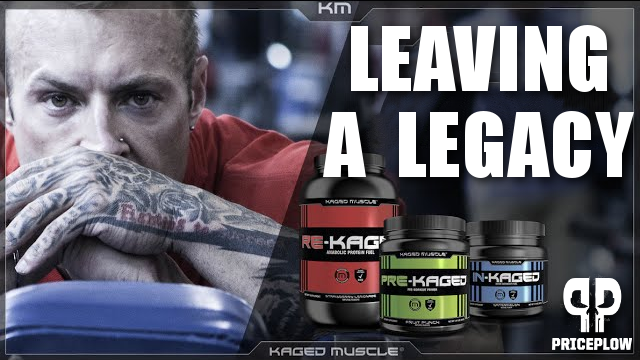
In our latest interview with Kris Gethin, the Kaged Muscle founder explains that he doesn't sell supplements he won't use, and that includes plain ol' creatine monohydrate. So check out what they made!
When Kris Gethin started Kaged Muscle, he had the opportunity to take years of nutrition and training experience and apply it to a product line that worked best for him. With tons of lab testing (on both himself and the supplements) combined with the expertise of genius formulator Brian Rand, the Kaged Muscle product line came out swinging in December 2014, and hasn't stopped since.
One thing you'll notice, however, is that the brand has never had a product with plain ol' creatine monohydrate inside! Let's take a look:
- The Pre-Kaged pre workout? Creatine Hydrochloride.
- The Re-Kaged post workout? Creatine Hydrochloride!
- The standalone C-HCl creatine capsules? You guessed it - Creatine Hydrochloride.
Why no Creatine Monohydrate from Kris Gethin and Kaged Muscle?!
We had a great opportunity to interview Kris Gethin, and he told us that creatine monohydrate has always given him GI distress. Not the first time we've heard such a thing, since a decent portion of supplement users complain about this issue. When you're as connected to your body as Kris is (and you track your diet meticulously), it's easy to see what ingredient is causing you problems. And for Kris and many others, solid doses of creatine monohydrate make for unpleasant times.
The typical solution is Creatine Hydrochloride improves solubility and is easier to tolerate for athletes like Kris, hence its inclusion in the products above. But there's just so many more research studies on creatine monohydrate -- can we "hack" it to solve the GI issue? The answer is finally yes.
CreaClear: A Kris Gethin Approved Creatine
If Kaged Muscle was going to put out a creatine monohydrate product, it had to solve the aforementioned problems, do something different, and be Kris Gethin approved.
Meet CreaClear, the latest supplement from Kaged Muscle that includes a patented form of creatine monohydrate that's been micro-encapsulated in a protein to improve solubility and protect it in the stomach... and it mixes clear!
Let's dig into the benefits below after checking in on Kaged Muscle's news alerts and prices via PricePlow:
Kaged Muscle CreaClear – Deals and Price Drop Alerts
Get Price Alerts
No spam, no scams.
Disclosure: PricePlow relies on pricing from stores with which we have a business relationship. We work hard to keep pricing current, but you may find a better offer.
Posts are sponsored in part by the retailers and/or brands listed on this page.
Video proof - no grainy powder here!
Now, before we bust out too much science, let's just show it in action - crystal clear creatine! This video was graciously stolen from KagedMuscle's website (we intend on showing this ourselves as well):
The CreaClear Ingredients
As shown on the label below, a 5.6g scoop of CreaClear gives you 5g of creatine monohydrate powder - the go-to dose of creatine. This means that about 10% of the product goes to the protein encapsulation.
Let's start with the interesting part -- the protein encapsulation, and then get into the benefits of creatine (which most of you know at this point anyway).
-
A dairy protein microencapsulation by Anabio Technologies
The CreaClear label states "Milk Protein" in the Other Ingredients area, and that's what we have to go with. Given the scoop size compared to the amount of creatine monohydrate, this leads us to believe that there's 0.6g of milk protein used here.
Kaged Muscle partnered with a company known as Anabio Technologies LTD., which is a leader in encapsulation technology. They currently have 14 patents granted or pending, including the two covered here.
KM's website states that,
Utilizing a proprietary crosslinked protein matrix, the creatine monohydrate in CreaClear is encased with dairy protein for effective protection. This unique protein membrane is void of any pores on its surface, ensuring the creatine remains intact and stable in fluid.
Doing some digging for this patent-pending innovation from Anabio Technologies, the label shows US Patent Application US20160120817A1 (we were also able to find the very similar WO2014198787A1),[1] which discuss a method of encapsulating various different active ingredients, calling special attention to creatine.
Why are we here? What else is wrong with creatine monohydrate?
The patent application does a good job explaining some of the issues with creatine, as is:
Apart from its undisputed ergogenic and physiological effects, Creatine Monohydrate suffers from a number of limitations, including low solubility /hydration capacity and poor stability in aqueous solutions, and the fact that relatively large doses are required to elicit an ergogenic effect in the body. Since creatine does not have marked stability in water or corresponding aqueous solutions, creatine cyclising by elimination of water will generate creatinine.[1]
You can find this text in the patent application and continue reading from there - it is quite illuminating and starts discussing other disadvantages such as stomach pH and so forth.
The goal here, is to ultimately get creatine into its target tissue -- the muscle -- but much of it can be "cleared from the blood by saturation into various organs and cells or by renal filtration".
Far less conversion to creatinine
According to the patent, CreaClear lasts way longer in water than creatine monohydrate.[1] If this is true, better drink that monohydrate-based pre workout fast!
Creatine gets broken down / degraded into creatinine, a biologically inactive compound that is creatine's urinary metabolite. The non-supplemented body typically loses about 2g of creatinine per day, which needs to be made up via diet or supplementation in order to prevent a creatine deficiency (hence why we like taking at least 3g per day).
One way of looking at a creatine supplement's "efficiency" is to see how much of it is broken down into creatinine in the digestive tract. The faster the intestine can uptake the creatine (and get it to the muscle tissue) before it's destroyed, the better.
In the patent application, the scientists at Anabio Technologies put creatine monohydrate in water (aqueous solution) and noted how quickly so much of it turned into creatinine. It's so bad that they claim that "Creatine monohydrate concentration is reduced by 66% following 15 min incubation in water at room temperature."
They then contrasted that to the patent-pending encapsulation used in CreaClear, and saw very little conversion to creatinine -- even after three hours! This is shown by Figures 7a and 7b in the patent application, and is probably a reminder not to leave your creatine-based drinks sitting around too long (unless you're using CreaClear)!
But what about in the stomach acid?
So the CreaClear lasts longer in water, but can your stomach acid break it down to release the creatine monohydrate itself? Figures 8a through 8d show what happens after three minutes of intestinal incubation:
Minutes 2 and 3. Creatine finally gets released to the intestine for delivery[1] and theoretically shouldn't be destroyed in the stomach!
So how'd they make this stuff?
Going down the rabbit hole:
Chemists interested in the science may want to check the patent, but this is how it's done:
The hydrolyzed whey suspension is used within a "polymerised hydrolysed whey protein matrix" and a "carboxylic ester", where they then generate droplets in a suspension, cure the droplets, and then the ester reacts with the curing solution to create a salt that turns the whey protein into a true encapsulation!
This presents several chemical benefits discussed in the patent, but the long story short is that this makes for an incredibly stable encapsulation system that can survive all kinds of acidic environments (such as the one in your gut).
Stable in water for a month?!
The video above shows CreaClear remaining clear for three minutes, but it seems like that's child's play compared to its capabilities. From the patent application:
The Applicant has surprisingly found that microcapsules formed according to the process of the invention are highly stable upon prolonged storage in aqueous solution. For example, after 28 days storage, creatine monohydrate encapsulated in hydrolysed whey protein showed almost no loss in creatine concentration (Fig. 9).
Furthermore, creatinine (a breakdown product of creatine) was not detected at any significant levels after 28 days storage under the same conditions. Hence, it has been possible to show that the encapsulation system is capable of achieving the primary objective of the invention, namely stability in aqueous solutions.
Impressive! The patent then goes on to discuss encapsulation of other ingredients such as beta alanine, leucine and the other BCAAs, alpha lipoic acid, vitamins, minerals, etc. Further, they showed improved bioavailability with pepper extract (BioPerine named specifically), which is no stranger to sports nutrition supplements either!
What kind of protein is used? What if I'm dairy-sensitive?
Per the patent application, there are some options available:
Preferably, the hydrolysed protein is hydrolysed whey protein, ideally hydrolysed whey protein obtained from milk, especially bovine milk. However, other types of hydrolysed protein may be employed including, for example, bovine collagen, pea, rice or non-whey milk proteins. A hydrolysed protein of choice would be from a dairy source ingredient with 90-95% protein (w/w) protein content.
Did someone mention whey protein isolate?! If you haven't yet, you must see our review on Kaged Muscle's MicroPure Whey Protein Isolate. The cocoa used in this chocolate flavor is killer!
Effectively, Anabio's scientists are recommending what we believe to be a hydrolyzed whey protein isolate (they don't specifically mention WPI, but that's how you get 90% and above protein content). We need to confirm what Kaged Muscle actually received from Anabio, but we'd assume it'd be what the patent suggests.
Given that a max of 0.6g of dairy will be in each serving (it's likely less than 0.6g since there are other components to this technology outside of the hydrolyzed whey), and it's likely a higher-end form of dairy-based protein, we can confidently recommend this to all but the worst of dairy-sensitive individuals (ie only avoid if you have a true dairy allergy). Otherwise, the dose is simply too small and the quality is too high for us to have concerns for mildly dairy-sensitive folks.
This is more interesting than even Kaged Muscle advertised
All told, this patent application is very interesting, and the proof from its images and Kaged Muscle's demonstration show that there's something worthwhile here. We've seen liposomal and cyclodextrin treatments significantly enhance various other ingredients -- sometimes by orders of magnitude -- so a similar technology as shown in CreaClear has promise too.
And while we know that consumers are skeptical when it comes to "breakthrough innovations", especially in terms of something trusted and proven like creatine, it still honestly feels like Kaged Muscle may be under-selling how interesting this technology is, at least for the demographic out there who hates both plain creatine monohydrate and creatine hydrochloride.
-
Creatine monohydrate (5g) and its benefits
At this point, we're so jazzed up about the microencapsulation technology that the benefits of creatine bore in comparison. Most of us already know that creatine is one of the most well-studied supplemental ingredients (outside of caffeine), and numerous studies have proven that 3-5g of daily creatine:
As quoted above from the patent application, Figure 9. Unfortunately it doesn't have a legend, but we're imagining that the two higher bars are those using the microencapsulation...
- Increases power and strength[2,3]
- Supports lean mass gains[4,5]
- Decreases fatigue[6]
- Improves cellular hydration[7,8]
The list goes on and on, it's beneficial for basically every kind of athlete, there's cognitive benefits (especially for the elderly),[9] and it works in both men and women.[4] Any post-adolescent age, any sex, any activity, any diet (outside of maybe a pure carnivore diet), there will be benefits to creatine.
The issue is that many of those human studies involved a loading phase! In a loading phase, ~20g per day is suggested for about five to seven days (best if divided into four 5g doses and spread within those days). This is why we discuss loading in dosage area below.
CreaClear Dosing
If you're already "creatine-adapted" and aren't on a penny-pincher budget, you can just get right on to the 5g per day.
When?

Honestly, after looking at this patent, it's almost as if Kaged Muscle is under-selling it. We appreciated that tone with their Ferodrox test booster, though.
Kaged Muscle recommends it post-workout, but it really doesn't totally matter when you get your daily creatine in, so long as you do get it in. We envision benefits to taking it at times when uptake is higher or the body will utilize the extra ATP production, such as first thing in the morning, pre workout, or post workout.
Do whatever works for you on a consistent basis. Since it mixes so smoothly, you can mix it with anything, water included!
Can I "extend" this tub a bit?
Now for the "PricePlow tweak" not recommended by Kaged Muscle -- many studies have shown that 3g/day is just fine, especially if you're a "normal" sized person (let's say, below 200lbs when fit). This is especially true if you eat a good amount of beef or other foods that contain creatine.
Meanwhile, we have to at least hope the improved solubility system will mean 3g of this is better than 3g of plain monohydrate. So we think 3g CreaClear per day is doable for many users.
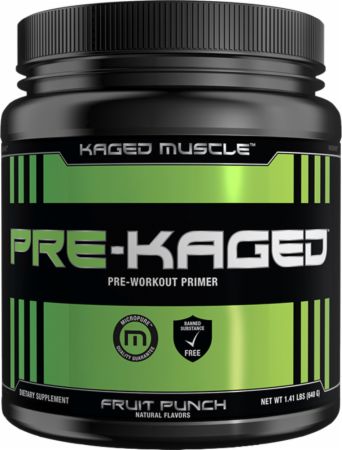
Already using Pre-Kaged? Then you probably don't need a full 5g dose of CreaClear, since Pre-Kaged has Creatine HCl inside.
Finally, also note that many other products such as Pre-Kaged and Re-Kaged already contain creatine hydrochloride, so if you're using those, you might not need a full 3-5g here anyway!
All of those variables may enable you to save some cash if you're a PricePlow budgeteer yet want to get back to monohydrate.
What about loading?
As written above, "loading" is when ~20g per day (specifically 0.3g per kg of body weight) is taken for about five to seven days -- and that's best if divided into four 5g doses and spread within those days. Kaged Muscle does recommend loading CreaClear.
Our opinions on loading have evolved over the years. The historical timeline goes something like this:
- Early on (late 90s / early 2000s), loading was all the rage, especially because the early studies used it, and all of those studies were quite successful. But that was expensive!
- Then (late 2000s) it was discovered that once you take your time and reach saturation, you probably didn't need to load if you weren't in a crazy hurry. At that time creatine was still pricey, so this was good news for patient savers.
- However, creatine monohydrate started getting insanely cheap (cerca early 2010s). So... if you want to replicate all of those studies that used a loading strategy, why not do it?! It wouldn't cost you more than a dollar or two, and then you'd be able to see if you were a good responder right off the bat.
So we're normally at bullet point three, where it's so cheap you might as well go ahead and load. With CreaClear, however, we're in a hybrid between two and three - this isn't as inexpensive as plain monohydrate, but so many of those clinical studies we love to reference do use loading.
So... What to do?
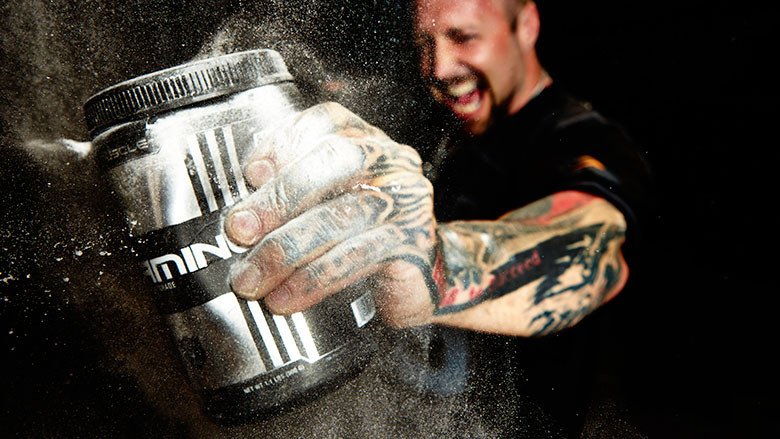
We love Kris Gethin's style. If he's going to put out a creatine product, it's gotta be one he can tolerate!
Best answer is to follow your budget. We're all for Kris Gethin making some coin as a thank-you for his years of education, workouts, and brutal self-experimentation, but if you're ontototo poverty macros and really want to get back to monohydrate (but the regular stuff gives you GI problems), then save up for a tub of CreaClear but stick to 3-5g / day with no loading.
Yet if money isn't a thing, you've been off creatine for a while, and you're in a hurry to get some gains back, then load away. Besides, the best way to see if the improved GI claims a new form of creatine that promises fewer GI problems is to take 20g in a day and watch what happens!!!
FYI, on the subject of saturation
Note that KM's website even states that "even without loading, your muscle levels will eventually reach saturation - it will just take longer to achieve". The Anabio patent application speaks to this as well:
The majority of creatine in the human body is in two forms, either the phosphorylated form making up 60% of the stores or in the free form which makes up 40% of the stores. The average 70 kg young male has a creatine pool of around 120-140g which varies between individuals depending on the skeletal muscle fiber type and quantity of muscle mass.[1]
Interesting stuff, now you know!
A Kaged Muscle Exclusive
Kaged Muscle's website states that "There is simply no other creatine monohydrate supplement like it, and it's exclusively available to Kaged Muscle."
So if you're interested in this microencapsulation technology for creatine, this is where you're going to find it. We're not sure if anyone will be selling it for other ingredients like BCAAs, ALA, or beta alanine.
CreaClear: Creatine for the rest of us?
If you're like Kris Gethin and could never easily handle plain creatine monohydrate powder (or capsules / tablets), CreaClear could be worth a shot. With this product, you get a shot at those clinical benefits without the nasty side effects.
It's rare that we ever get excited about a creatine monohydrate product, but Kaged Muscle's Brian Rand is one of the few who'd be able to do it - and he did. Kris wanted a different kind of creatine, something he could use himself, and he did it with the help of Anabio Technologies in CreaClear. We hope this patent gets accepted, because it's quite a novel one, and the process is definitely unique compared to anything else we've seen.
But either way, Kaged Muscle has the exclusive, and those of us in need -- or those of us who just love tinkering with new formulations -- will have to give it a go and see if it really stays suspended in water. Stay tuned to PricePlow's Kaged Muscle alerts and our YouTube channel, you know we'll be running an experiment with this one.
Kaged Muscle CreaClear – Deals and Price Drop Alerts
Get Price Alerts
No spam, no scams.
Disclosure: PricePlow relies on pricing from stores with which we have a business relationship. We work hard to keep pricing current, but you may find a better offer.
Posts are sponsored in part by the retailers and/or brands listed on this page.
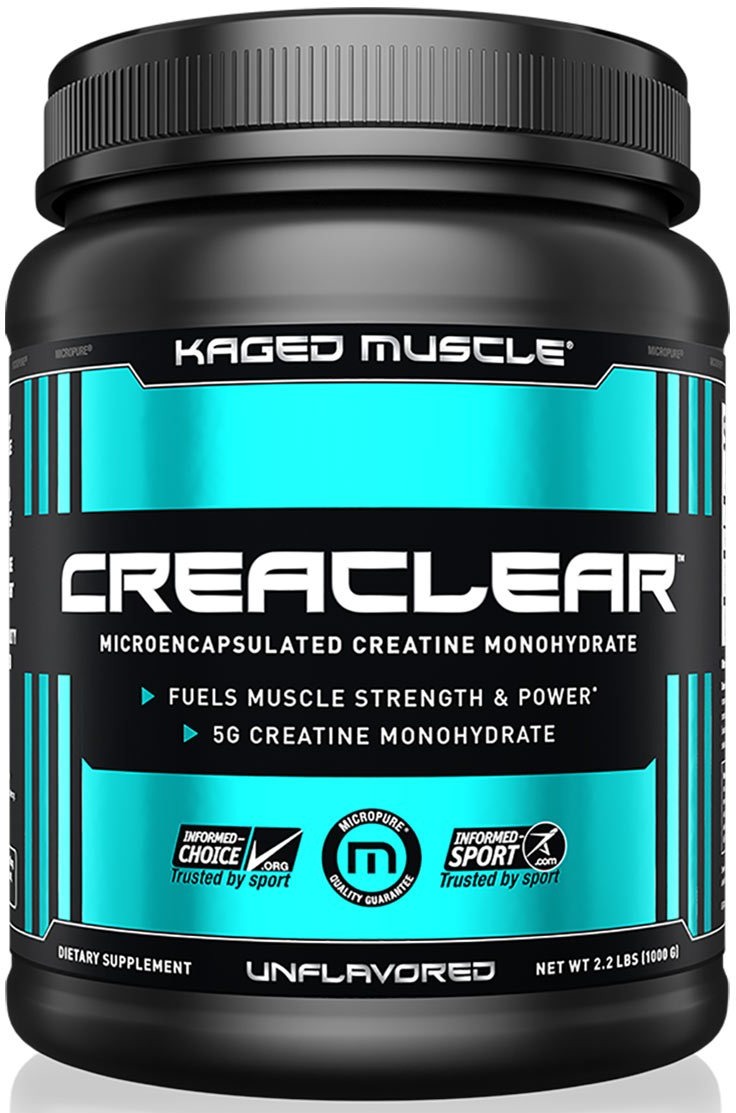


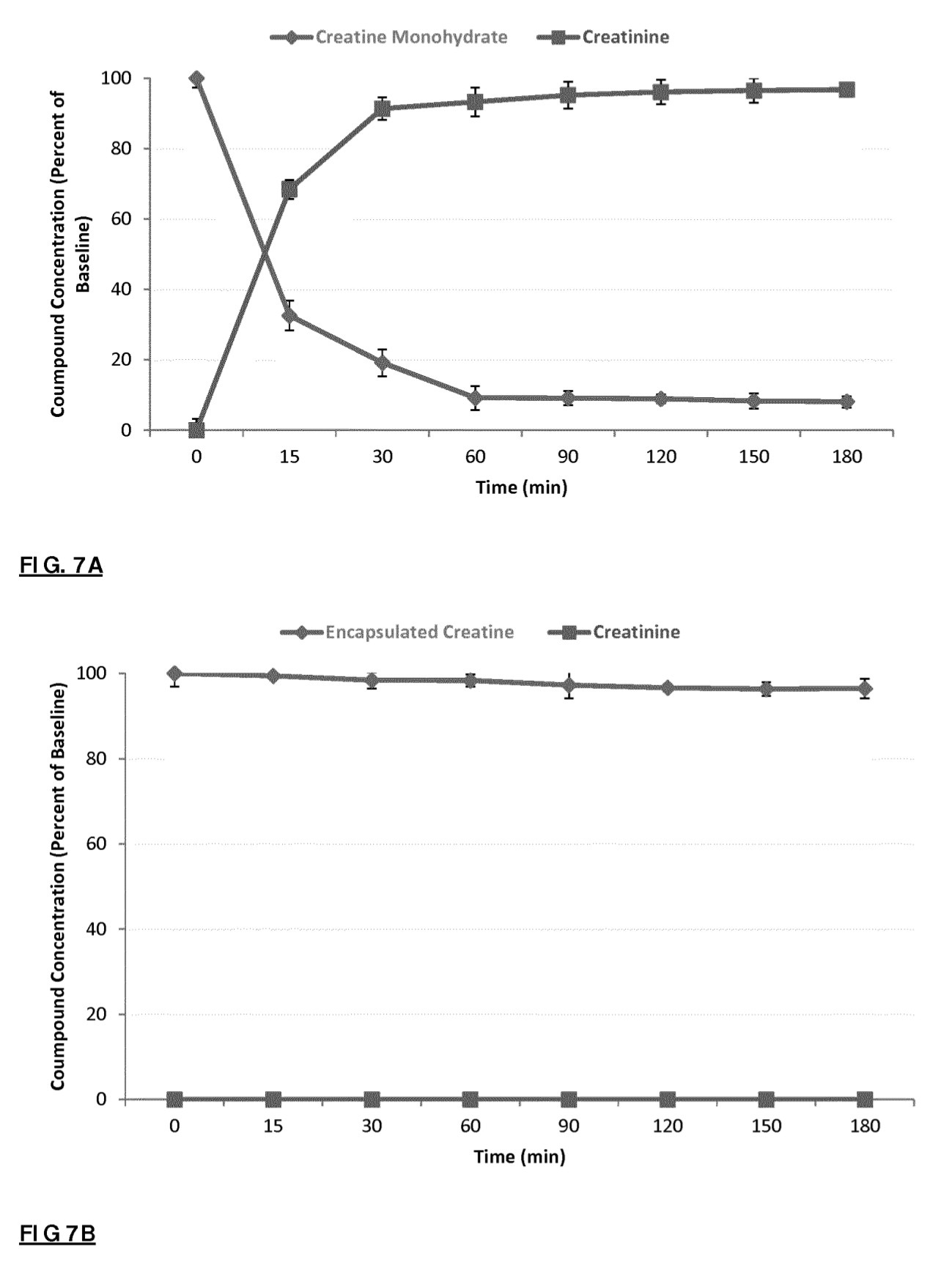
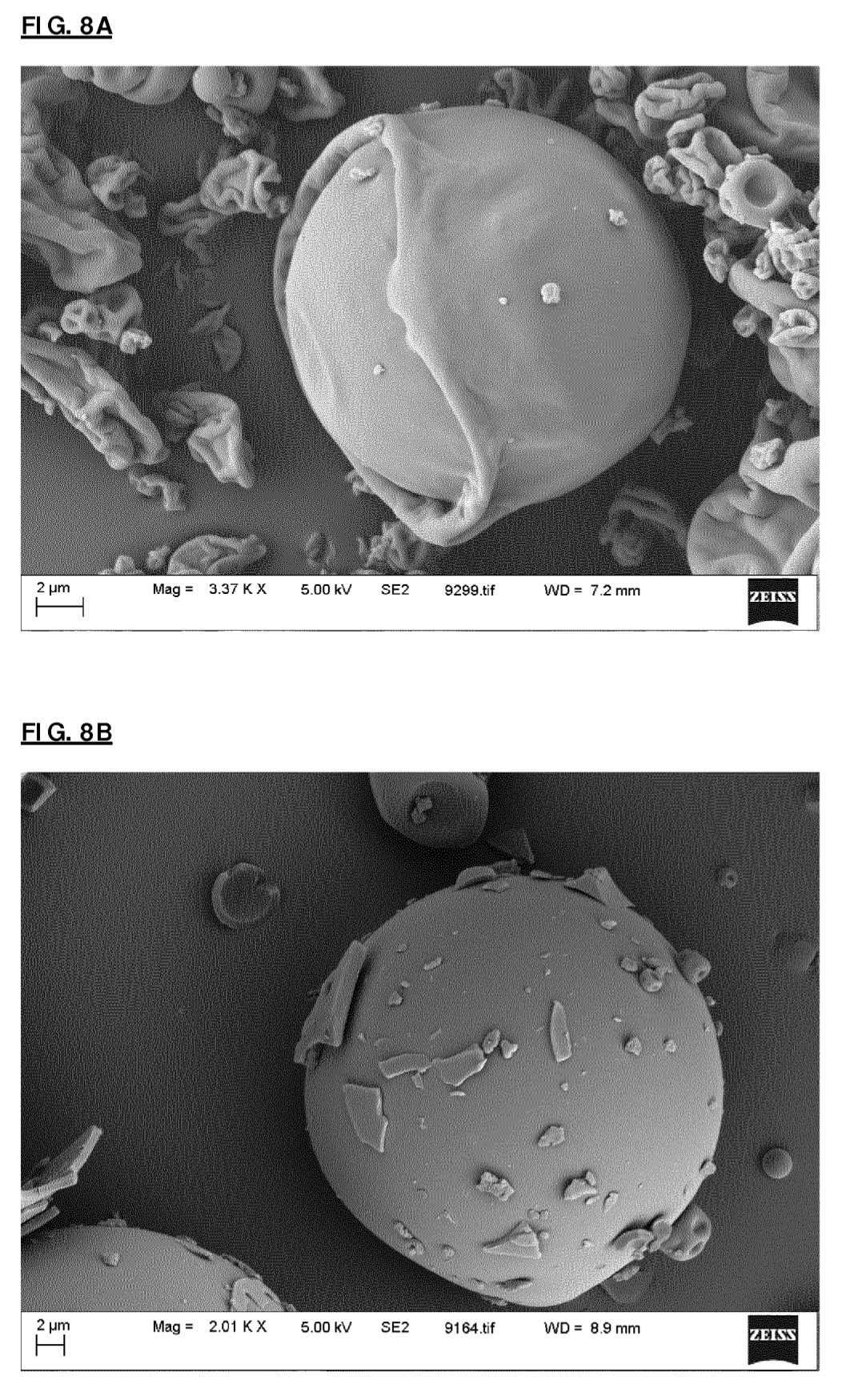
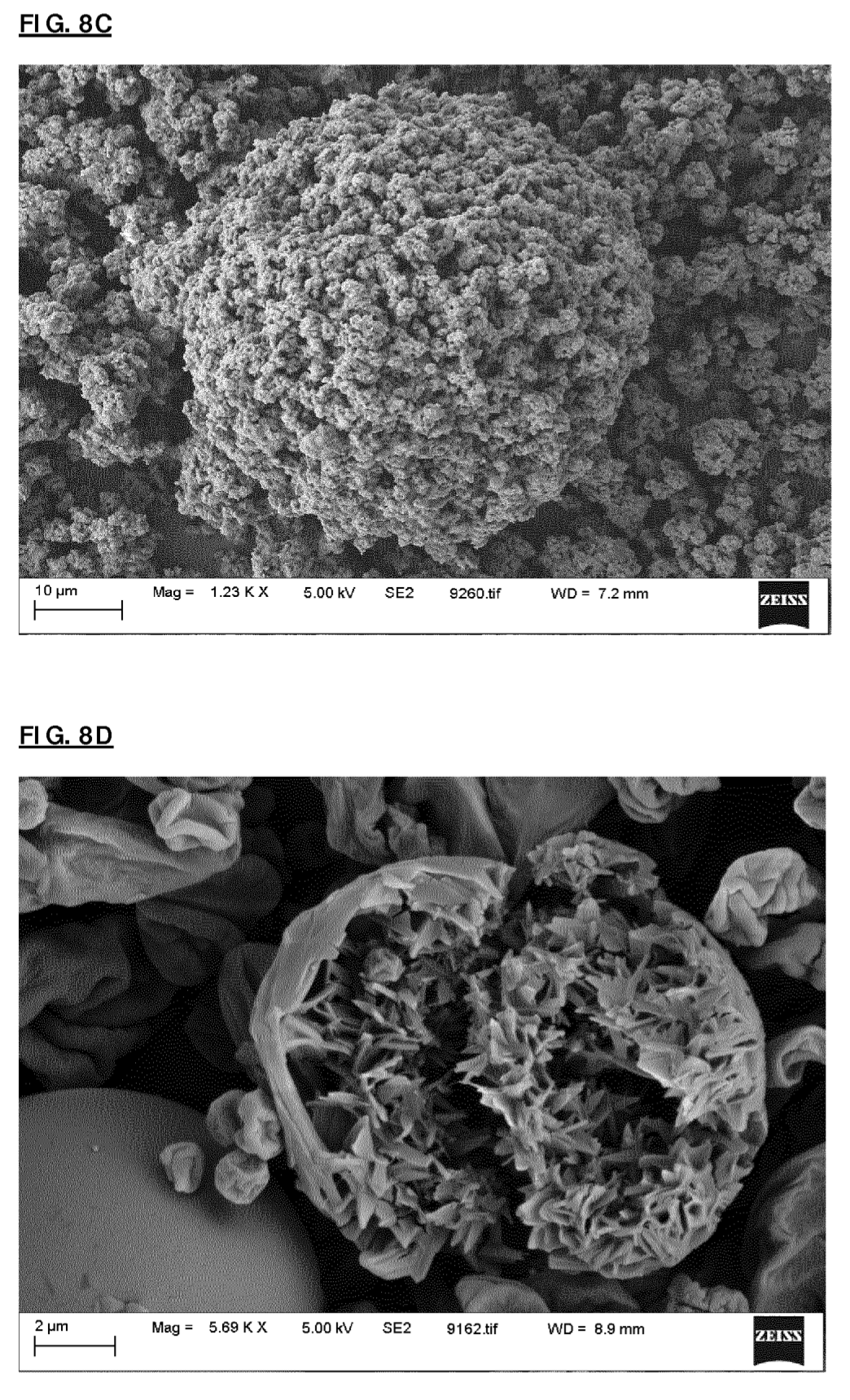
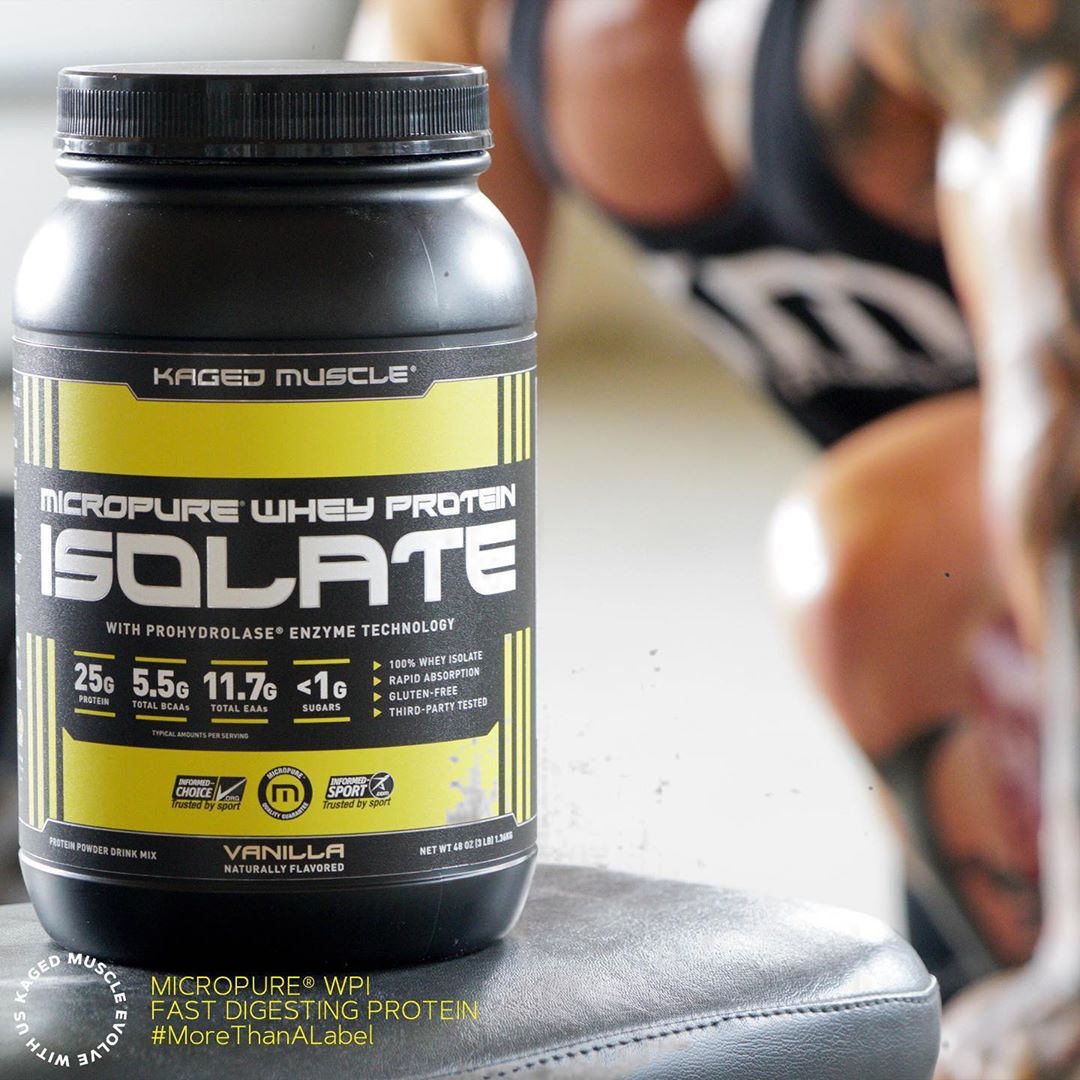
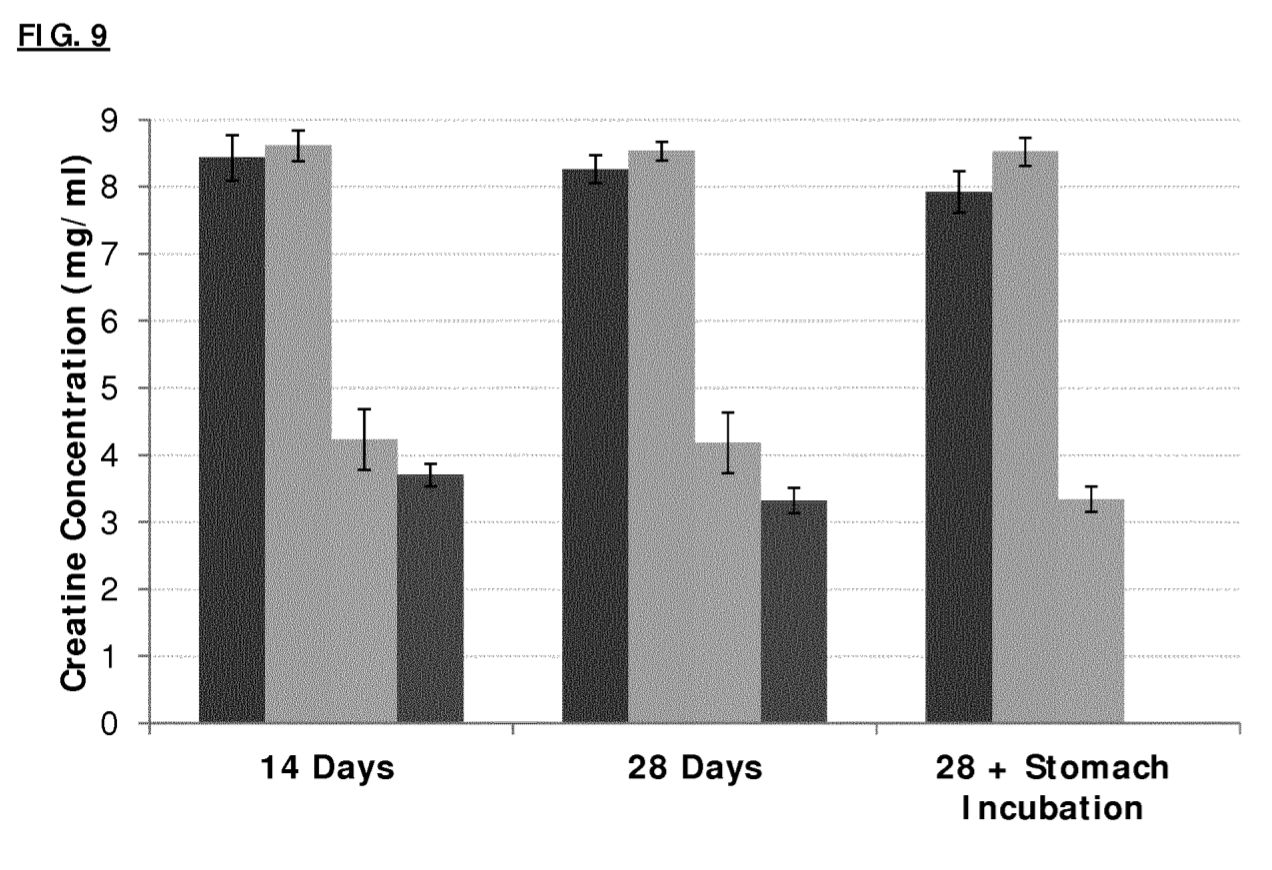



Comments and Discussion (Powered by the PricePlow Forum)